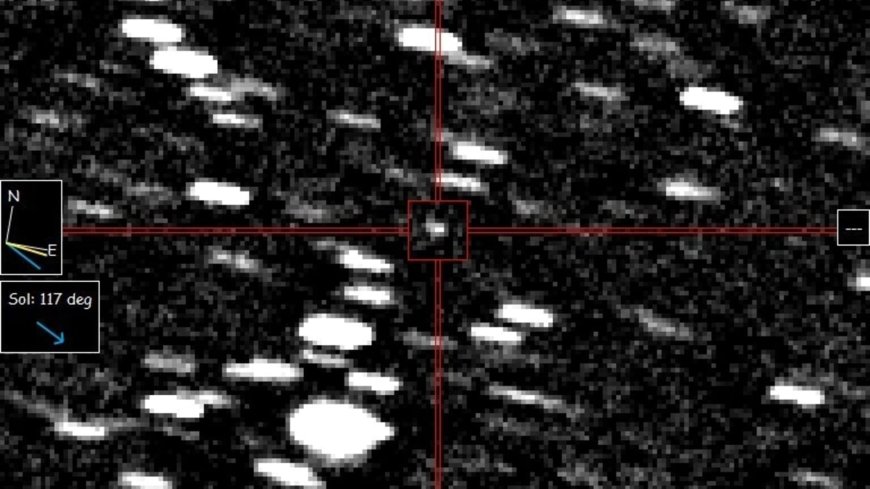Rare interstellar object 3I/Atlas passing through solar system: What we know
Astronomers have confirmed a rare interstellar object, named 3I/Atlas, zooming through the solar system. This comet, believed to be mostly ice, is the third of its kind observed. It was first detected by the NASA-funded ATLAS survey in Hawaii and is moving at a speed of 37 miles per second. The object is not on an orbit around the Sun and is expected to pass just inside the orbit of Mars before heading back out to interstellar space.

A rare interstellar object named 3I/Atlas is zooming through the solar system, marking only the third recorded instance of such an event. Scientists believe many more interstellar objects could pass through unnoticed. The comet was initially discovered by the NASA-funded ATLAS survey in Hawaii on Tuesday. It has been identified as a comet and potentially the largest interstellar object found to date.
Jonathan McDowell, an astronomer at the Harvard-Smithsonian Center for Astrophysics, noted that the object's fuzziness indicates it is likely composed mostly of ice rather than rock. The object, initially detected as A11pl3Z, was later renamed 3I/Atlas after confirmation of its interstellar origin.
Richard Moissl from the European Space Agency assured that the comet will not collide with Earth but will pass close to Mars before heading back out into interstellar space. Traveling at a speed of about 37 miles per second, the comet is not in orbit around the Sun but is on a trajectory back to interstellar space.
Mark Norris, an astronomer at the University of Central Lancashire, highlighted that the comet is moving considerably faster than previous interstellar objects. Models suggest there could be up to 10,000 such objects in the solar system at any given time, with many remaining undetected.
This marks the third known interstellar object to enter the Solar System, following 'Oumuamua in 2017 and 2I/Borisov in 2019. While it is currently only visible in the Southern Hemisphere, the comet is expected to get brighter and closer to the Sun until late October.
Despite the impossibility of launching a mission to intercept the comet, astronomers are closely monitoring its trajectory. Discoveries of amino acids or signs of life on such interstellar objects could provide insights into the potential for life in other star systems.
According to the source: Hindustan Times.
What's Your Reaction?
 Like
0
Like
0
 Dislike
0
Dislike
0
 Love
0
Love
0
 Funny
0
Funny
0
 Angry
0
Angry
0
 Sad
0
Sad
0
 Wow
0
Wow
0



































































































































































